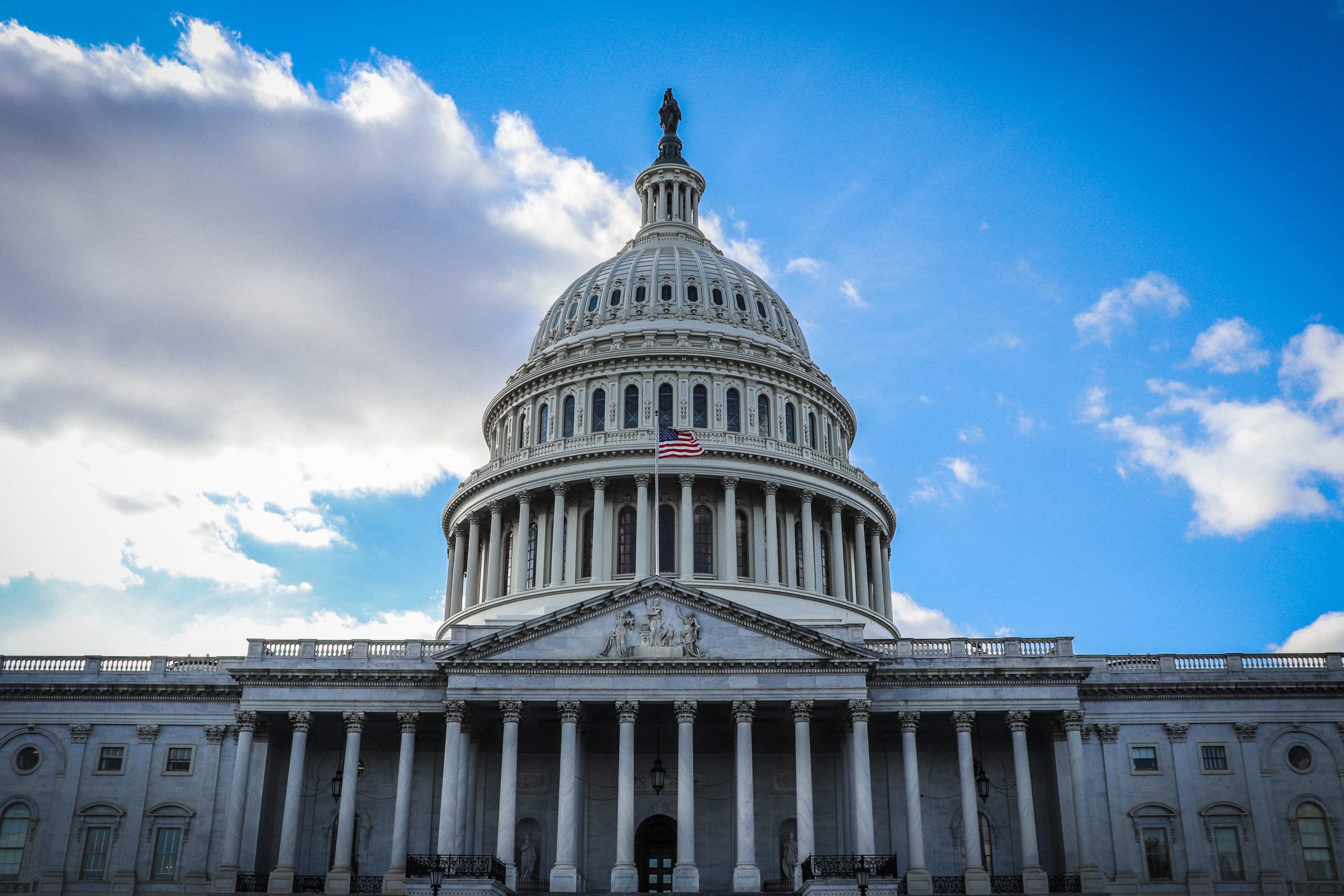Insights
What Biden’s State of the Union Tells Us About the Next 100 Days.

Yesterday evening, April 28, was marked by many firsts. It was President Biden’s first State of the Union address to the country, officially commemorating his initial 100 days in office. It was the first time the podium behind the President was occupied by two female leaders. It was also the first time the entire chamber wasn’t at capacity for the State of the Union, mask wearing was required, and guests were not allowed to attend. But despite the turmoil faced since March 2020, President Biden declared, “America is on the move again.”
The 65-minute address touched on a wide range of topics including climate, COVID-19 vaccinations, infrastructure, immigration, job creation, and even the January 6th attack on the Capitol. There isn’t nearly enough ink to cover all of those topics and their implications for the year ahead—so instead we’ve focused on three main themes that emerged from the address and what we should expect in the next 100 days.
Impact on K Street
Between the American Jobs Plan and the American Families Plan, there are literally trillions of dollars to go around. If the past truly is prologue, lobbyists are about to have a profitable and busy 100+ days. Dozens, if not hundreds, of industries stand to benefit directly, while others stand to lose influence and funding (or be heavily taxed).
The new proposals are already driving an influx of new lobbying registrations and multiple firms are looking for reconciliation experts who can help clients navigate the challenging legislative landscape that lays ahead. Conveniently, this rush of new work comes at a time when the House has just announced it’s allowing accompanied visitors to return to the Capitol for “official business.” In other words, the “We’re Open Sign” is hanging out in front of the Capitol and on doors across K Street. The stakes are high and just about everyone, from pharma to unions, is looking to have their priorities included.
The Democrats’ Dilemma
Biden also outlined a host of other priorities: an immigration bill that offers a pathway to citizenship, various gun control measures, and the John Lewis Voting Rights Act were all mentioned. This once again shines a light on how Democrats will govern and whether the president will stand in their way. Yes, we’re talking about filibuster reform.
The reality is that while the last 100 days have educated Americans about what budget reconciliation is and the true power of executive actions, neither will help Congressional Democrats accomplish their agenda as quickly and effectively as they want. Expect filibuster reform to come back more forcefully into the spotlight as Congress gears up for the road ahead and for Biden to finally give his approval for reform. Without it, there are only so many times that reconciliation can be used to achieve hot ticket agenda items.
Republicans’ Future
Senator Tim Scott gave the Republicans’ response to the State of the Union and predictably called the president’s ideas “schemes or socialist dreams” while highlighting that the president was “pulling us apart.” His response was devoid of Trump-isms, touched upon Republicans’ policy solutions, and ultimately reverted the party back to one that supports small government and fiscal responsibility.
While the Democrats have their hands full attempting to push Biden’s policies, Republicans will need to regroup (sooner rather than later) to identify how they plan to message their priorities. They’re up against a wall of popular policies. Big items such as meaningful job creation, broadband expansion, and new roads and bridges are difficult to message against—something that will plague Republicans as they strategize how to win back both chambers in the coming months. We’ll be keeping a close eye on all factions of the party, its two leaders, and the former President.